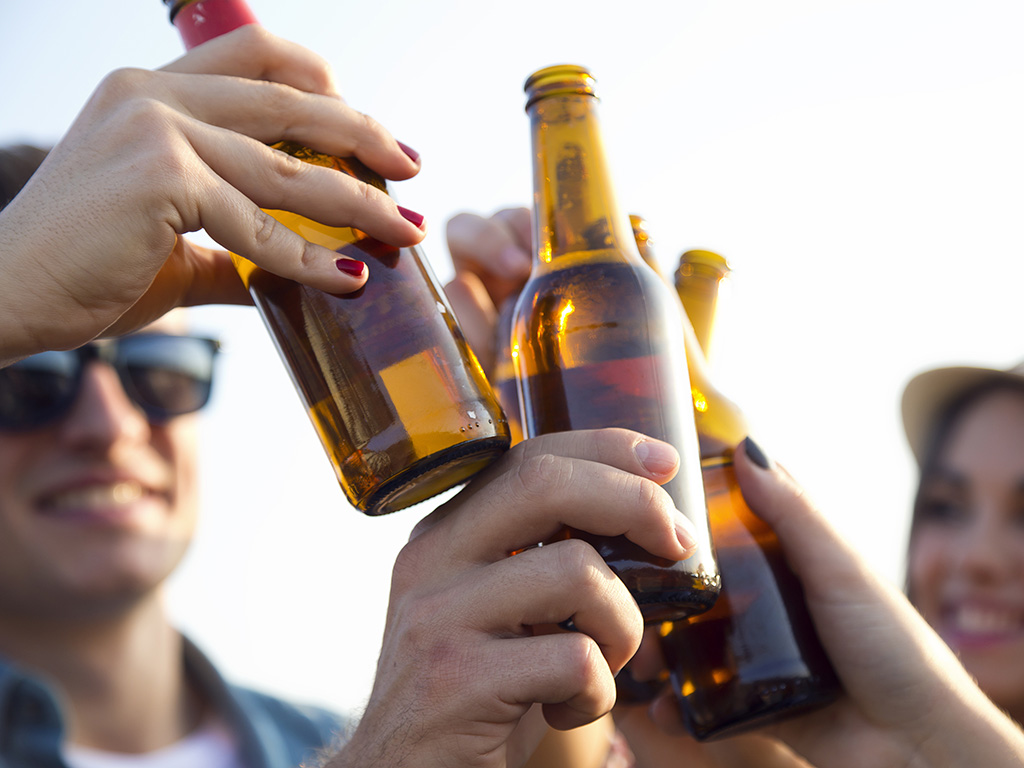Early alcohol abuse predicts college students’ polysubstance use

A study recently published in the Journal of American College Health found college students who were introduced to alcohol before the age of 14 were more likely to use multiple substances—such as alcohol, cannabis, opioids, stimulants or other illicit drugs—at the same time. Texas A&M University School of Public Health’s Benjamin Montemayor and Adam Barry co-authored the study.
College students and their peers between 18-22 years of age use substances at some of the highest rates of all populations—and polysubstance use, which involves using multiple substances such as alcohol and stimulants at the same time, can be especially dangerous due to their oppositional effects. Depending on the substances taken in unison, drugs used recreationally do not usually cancel each other out but rather amplify the other substances effects. Alcohol, a central nervous system depressant, mixed with a stimulant, a substance that increases activity in central nervous system, can cause some to drink more than they normally would.
“You’re asking your body to adapt to not just alcohol, but alcohol and another psychoactive substance, such as a stimulant or narcotic,” said Montemayor, a visiting assistant professor in the Department of Health Behavior. “By using stimulants, you bypass functions in the body that naturally let your body know it’s time to slow down because that stimulant may be telling your body that you can continue to drink.”
The Texas A&M researchers worked with Melody Noland of the University of Kentucky to analyze data from 822 students who violated their university’s alcohol policy between October 2019 and July 2021. This study was designed as a baseline assessment to facilitate better understanding of alcohol, drug and polysubstance use before developing appropriate intervention programs.
The researchers initially looked at predictors of these college students’ alcohol use and found that a top predictor was age-of-onset, which is the age at which the student first consumed alcohol. The study also identified four additional predictors of a student’s alcohol use: being male, being white, being affiliated with a Greek organization on campus, and having an inflated perception that more people are using alcohol than really are.
The researchers then analyzed the data for polysubstance use. They found that among this group of college students, those who had early onset alcohol use were twice as likely to engage in polysubstance use, while those who had a Greek affiliation were one-and-a-half times more likely. Students registered in their second year and beyond, as well as students who had inflated norms about others’ alcohol use, were also more likely to engage in polysubstance abuse.

